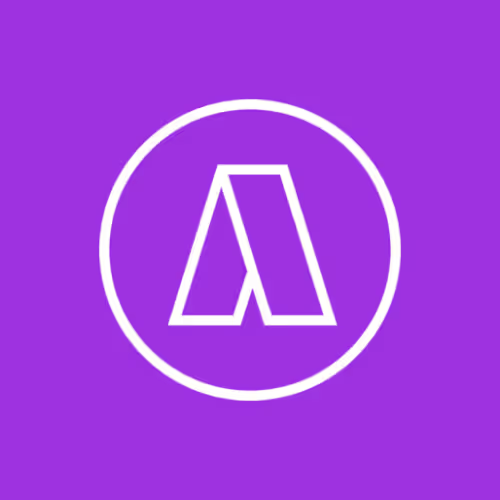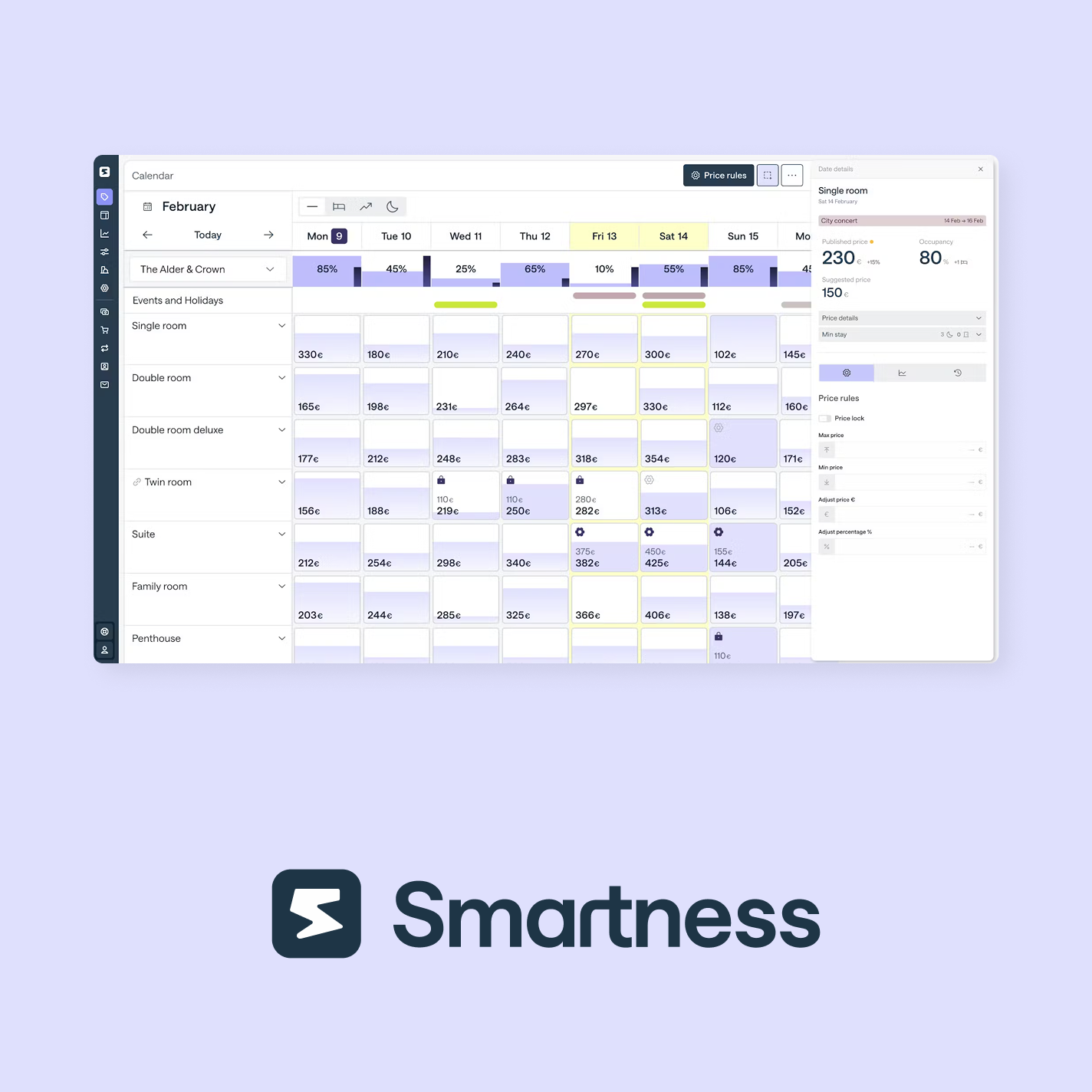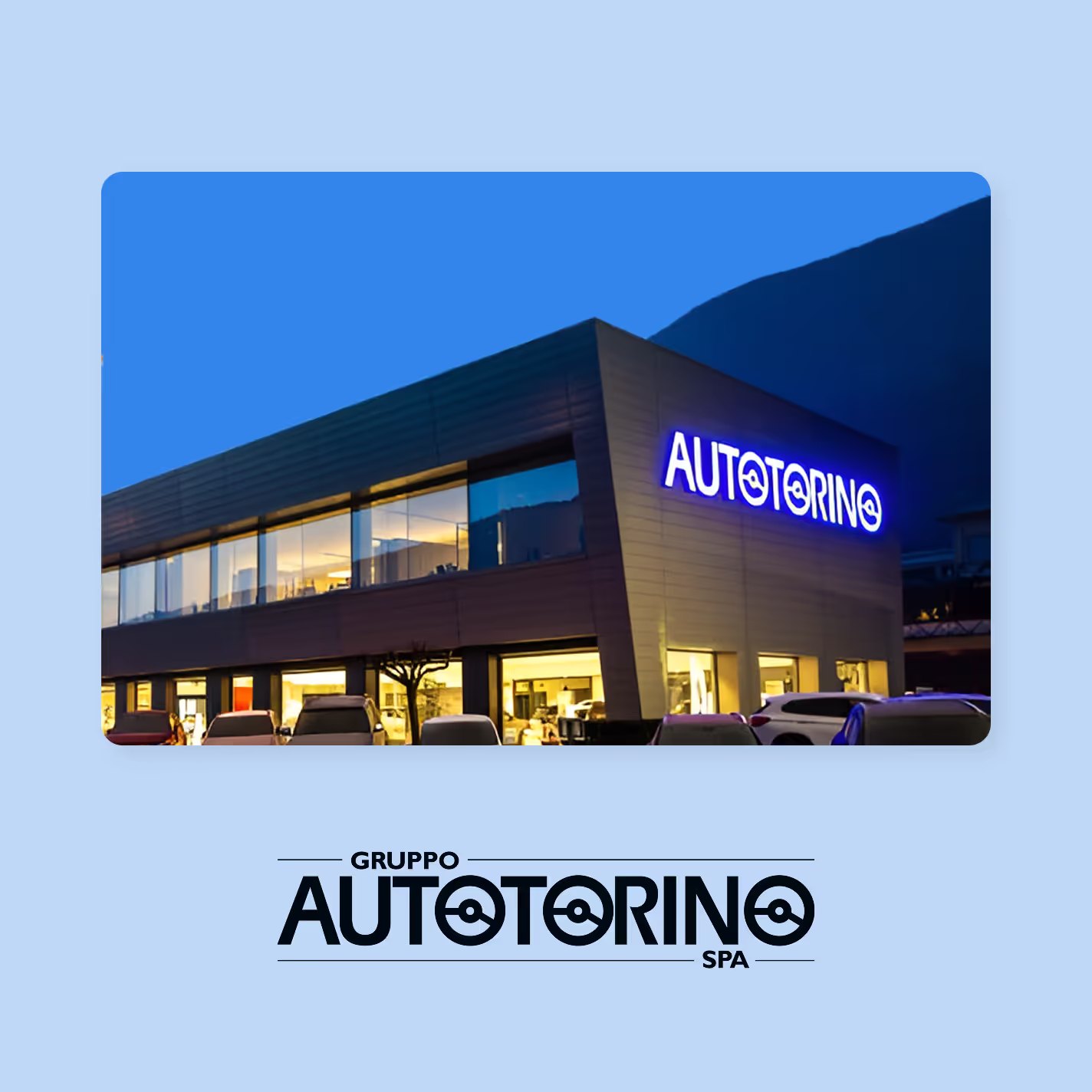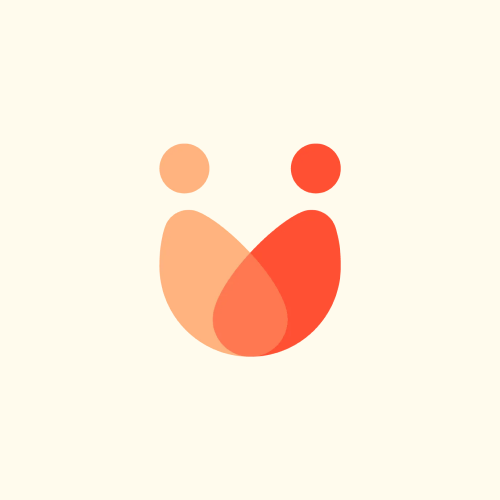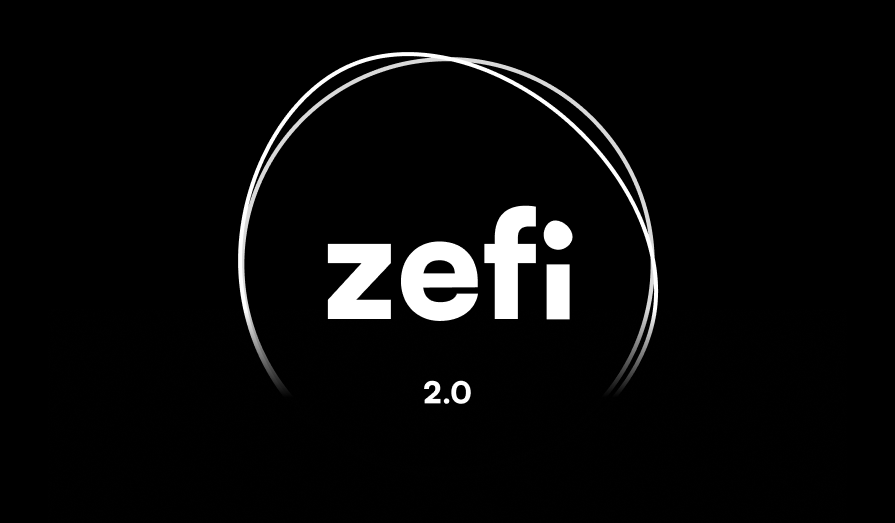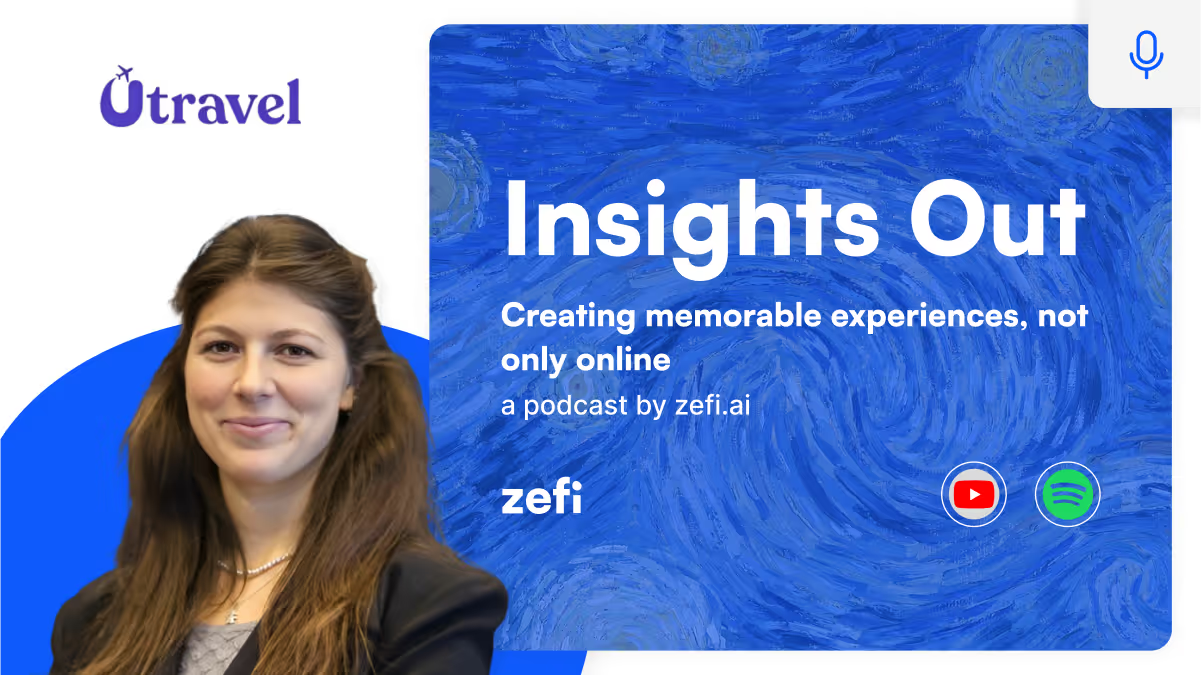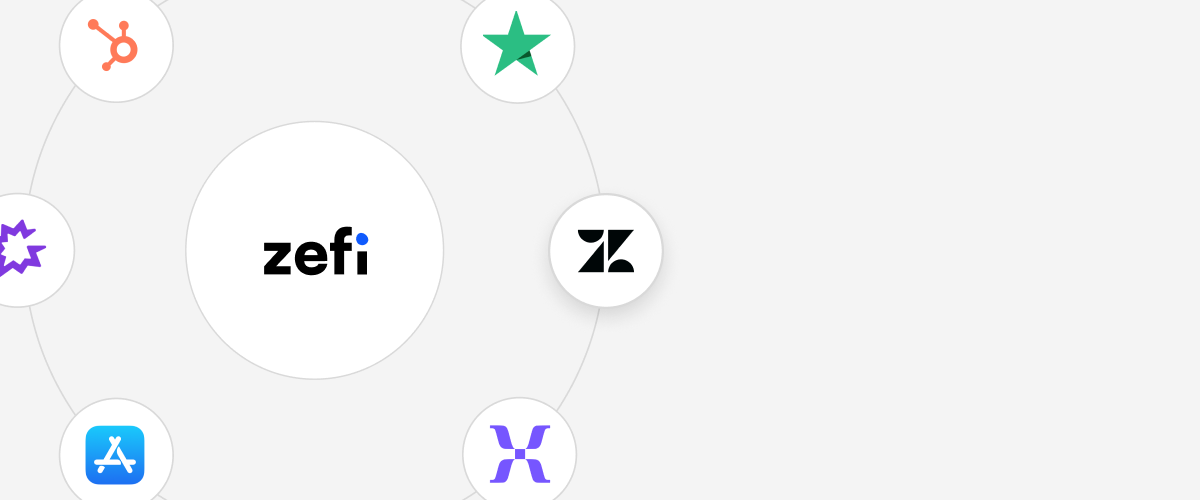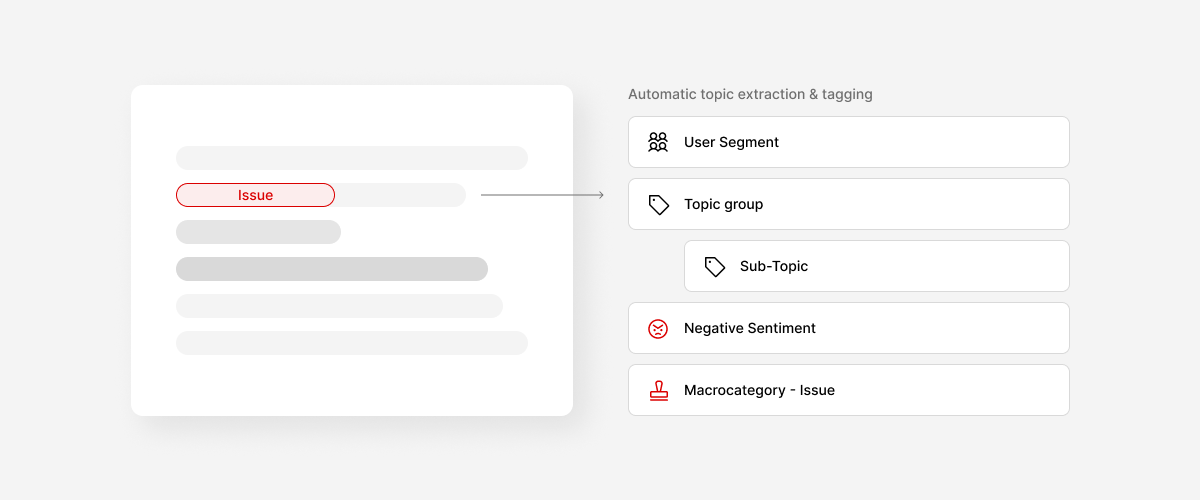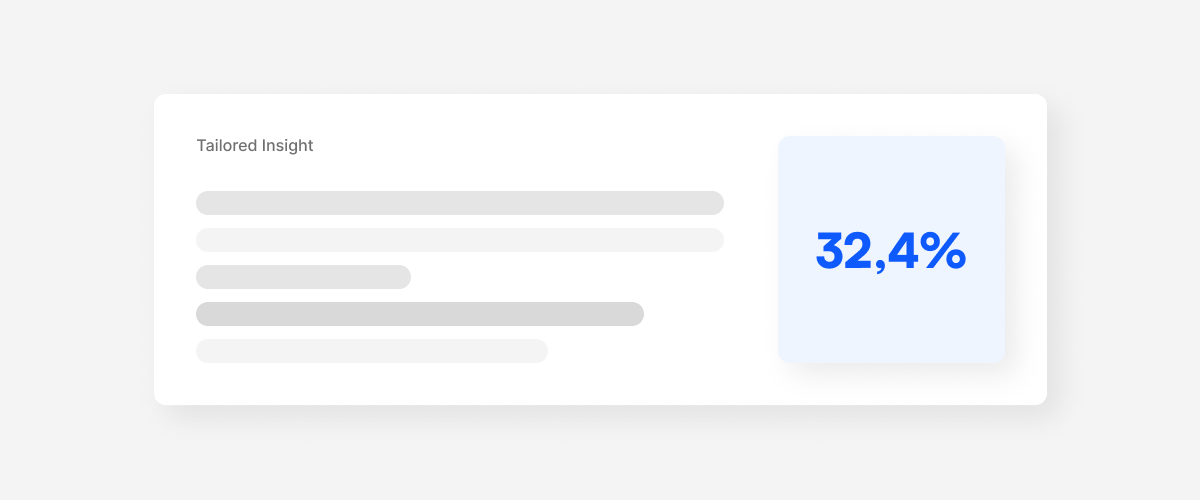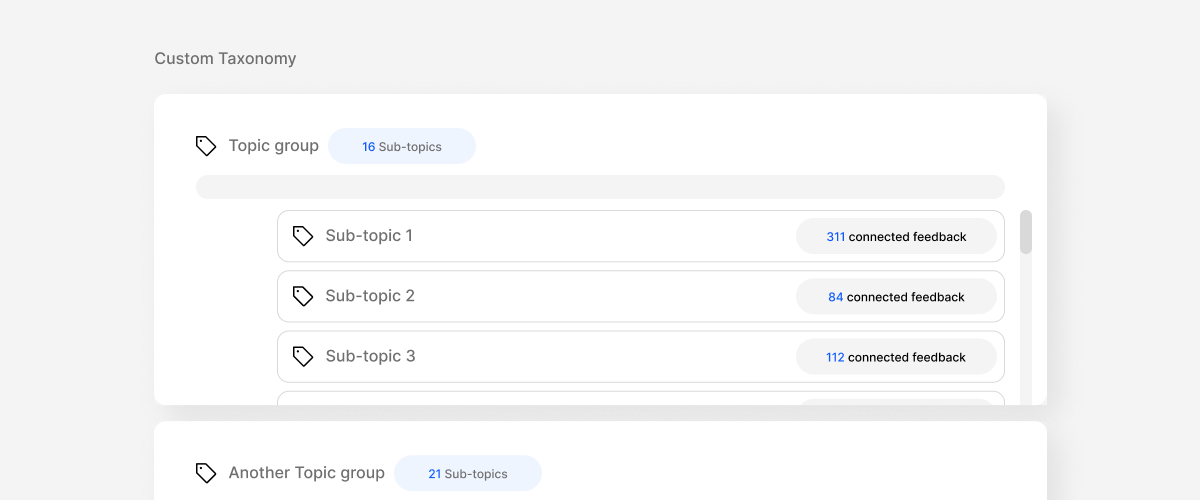Design-Concept: The Product Manager's Guiding Light
Imagine a product without a vision, a roadmap without a destination. That's the importance of a design-concept in the world of product management. It's more than just aesthetics; it's the foundational vision that shapes a product's essence, functionality, and user experience. Think of it as the North Star, guiding every decision you make about your product.
Why is Design-Concept Crucial?
It bridges the gap between a nascent idea and its tangible realization. A robust design-concept ensures all features, user interactions, and interface elements align with the product's core goals. This clarity minimizes missteps, fosters collaboration, and ultimately, leads to products that resonate with users.
Crafting Your Design-Concept:
- Empathize with Users: Begin by deeply understanding your users' needs, desires, and pain points. Conduct research, gather insights from stakeholders, and brainstorm potential solutions.
- Visualize and Refine: Sketch interface ideas, map user journeys, and iteratively refine your concept based on feedback. Remember, your design-concept is a living document, evolving with new knowledge.
When to Leverage Design-Concept:
Integrate design-concept right from the ideation stage. Molding your product idea through this lens ensures every step, from development to launch, stays aligned with your core vision. It's not a one-time exercise, but an ongoing compass throughout the product lifecycle.
When Design-Concept Enters the Picture:
Before any development or feature selection, you need a design-concept.
Crafting the Design-Concept:
- Understanding the User: Through user research, you learn that this demographic values simplicity, quick interventions (like 5-minute meditation breaks), and social connection.
- Defining the Vision: The app will be a pocket companion, offering fast, effective, and personalized wellness solutions specifically for urban millennials.
- Visualizing the Experience: The design emphasizes soothing colors, intuitive navigation, and positive feedback micro-interactions. The user journey starts with a brief onboarding quiz for personalization, followed by a dashboard offering daily challenges, meditation routines, and social features to connect with peers or find nearby wellness events.
- Core Features: Potential features include AI-powered mood check-ins, AR-based calming exercises using city landmarks, and curated quick breaks based on real-time stress levels.
With this design-concept in place, the development team has a clear understanding not only of the app's features but also of the broader user experience it aims to provide. As the app evolves, this design-concept ensures all future enhancements and iterations align with the original vision and continue to address user needs.







